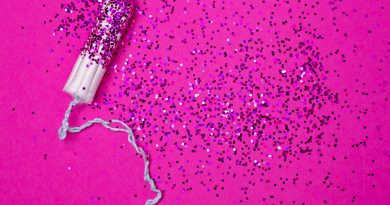Menstrual Products and their Disposal
By Dr. Aakanksha Mehrotra, Toxics Link environmental group, India
Global talks about menstrual hygiene with hashtags like #menstruationmatters and #periodtalks are swarming the internet. Sadly, though there are accelerated efforts on #menstrualproductsforall, menstrual waste disposal is often ignored. The volume of this waste generated globally is turning out to be a catastrophe, as an average female throughout her reproductive age uses and disposes around 11000-15000 sanitary pads and the most commonly used sanitary products are made up of plastics. Acknowledging this emerging issue, Toxics Link, dedicated its efforts in understanding the prevailing disposal practises in one of the most populous countries in the world, through the report “Menstrual Products & their disposal”.
80% of our study participants admitted to using inorganic disposable sanitary products, which have plastics and wide variety of chemicals at its core (though the exact contents are not disclosed by the manufacturers), coupled with layers of plastic packaging. As the market is captured by players who produce inorganic pads, girls from a very young age believe these to be the only product available to manage their periods in a secure, hassle-free manner. Disposal practises are often shrouded in silence, hence most pads find their ways into household dustbins, buried or burned. Non-segregation of this waste leads to unhygienic conditions for waste workers and most of it ends up in the landfills, where it may stay for 250- 800 years.
Though 89% of females in our study believed that menstrual waste is a matter of concern, 58% of them were clueless about its fate. This waste is governed by Solid Waste Rules, according to which menstrual waste should be wrapped securely in pouches provided by the manufacturer and handed over separately to the waste collector. Needless to say, the implementation of these rules at the ground level is dismal as evident from the fact that 70% of waste workers find such waste mixed with general household waste.
Alternative products are now emerging, but their marketing and sales are limited to metropolitan supermarkets. Around 88% of our respondents were ready to make a shift to environment friendly alternatives, but lack of easy availability and higher cost are acting as big barriers. Lack of awareness is another critical issue, as most females are unaware about products like menstrual cups or reusable pads.
For a sustainable future, period pollution needs to be addressed on the same scale as menstrual hygiene, and the time to discuss that is NOW!
The full report titled ‘Menstrual Products and their Disposal’ released by the environmental group Toxics Link is available here: Toxics Link |for a toxics-free world :: Menstrual Products & Their Disposal



